What is network topology
The term network topology is used to denote the arrangement of the network devices in a computer network. Network topology may be used to show physical or logical arrangement of devices inside a computer network.
A network topology diagram allows a network engineer to visualize how the devices are connected in the network. Network topology diagrams thus helps a network engineer to maintain and troubleshoot the network.
As a network engineer, you should know some of the common network topologies. Some of the common network topologies are bus topology, star topology, ring topology, dual ring topology, fully-mesh topology, partially mesh topology, hybrid topology, point-to-point topology and tree topology.
Following images shows some important network topology layouts
Bus topology
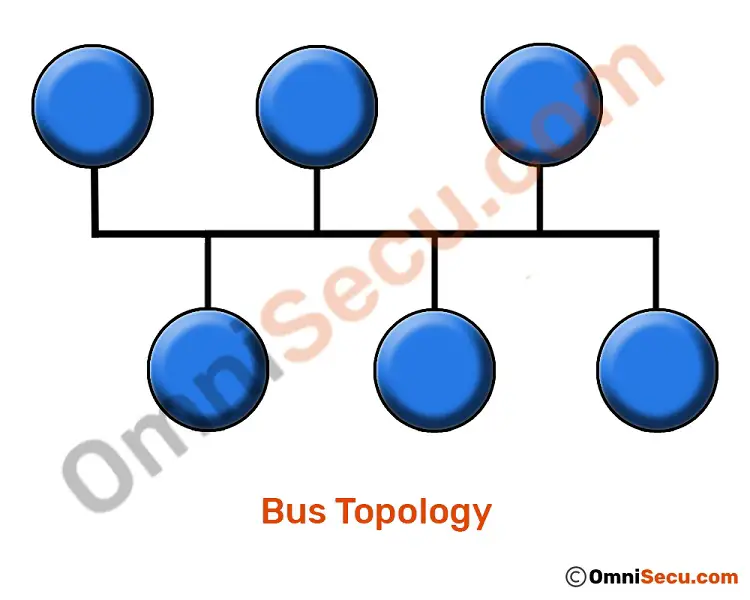
Click the following link to learn more about Bus topology.
Star topology
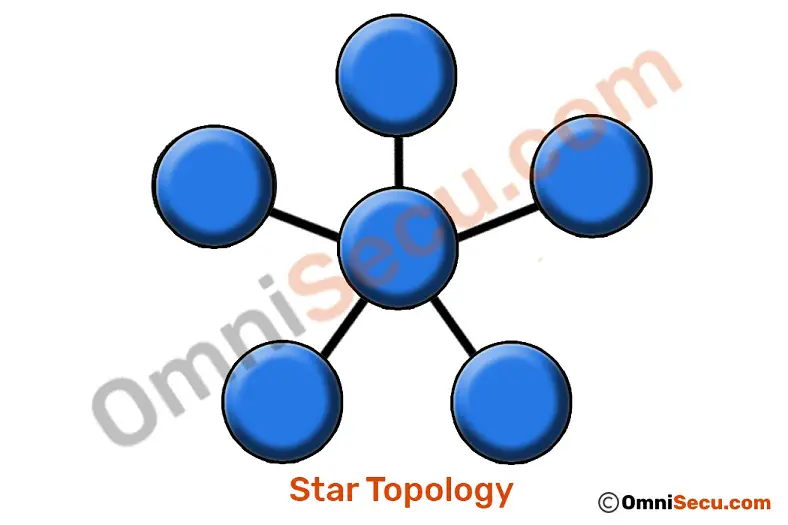
Click the following link to learn more about Star topology.
Ring topology
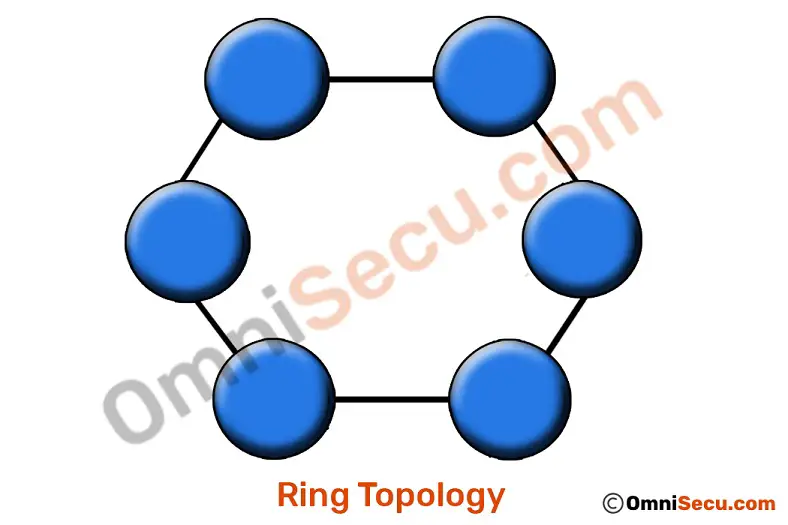
Click the following link to learn more about Ring topology.
Full mesh topology
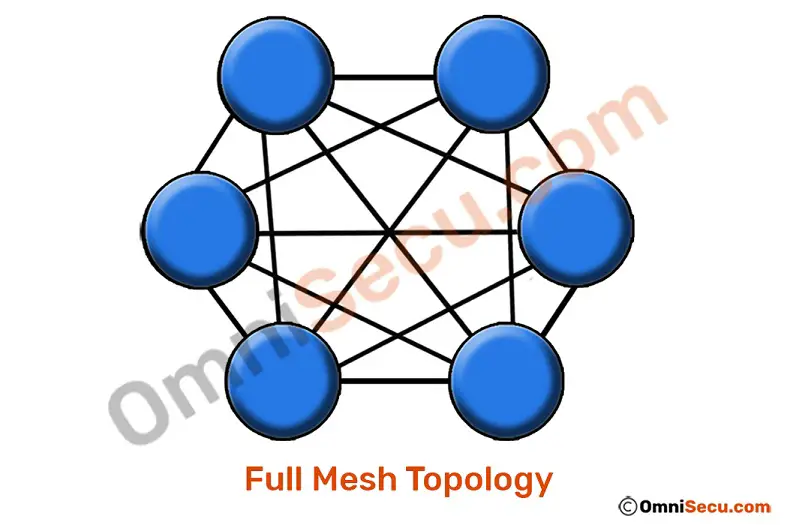
Click the following link to learn more about Full-mesh topology.
Partial mesh topology
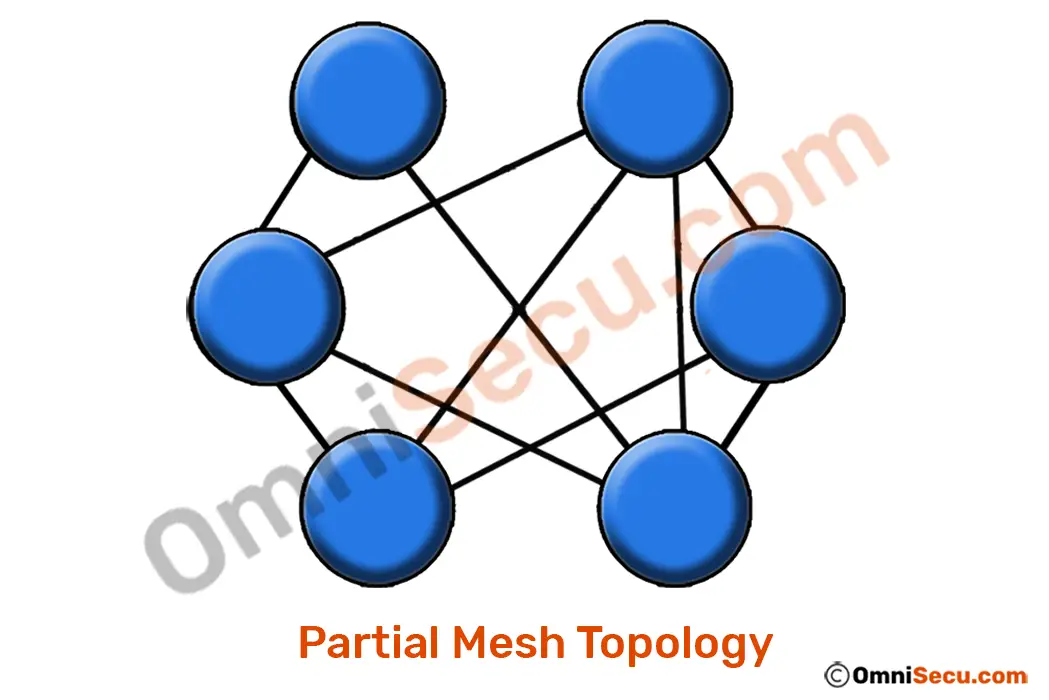
Click the following link to learn more about Partial-mesh topology.
Hybrid topology
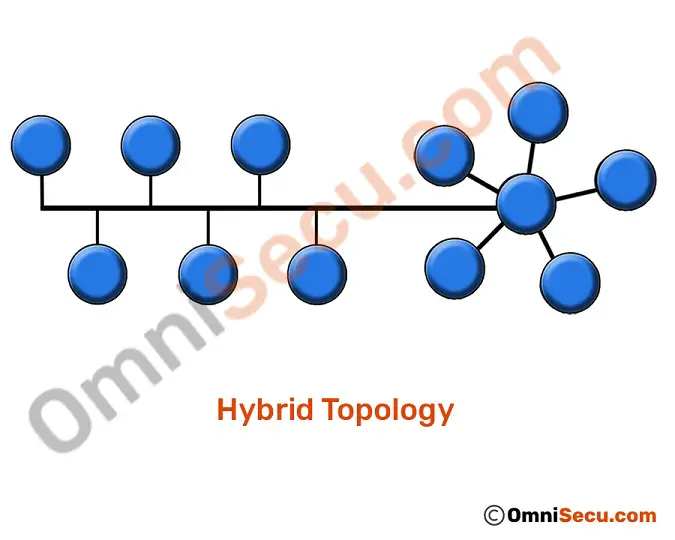
Click the following link to learn more about Hybrid topology.
Tree topology
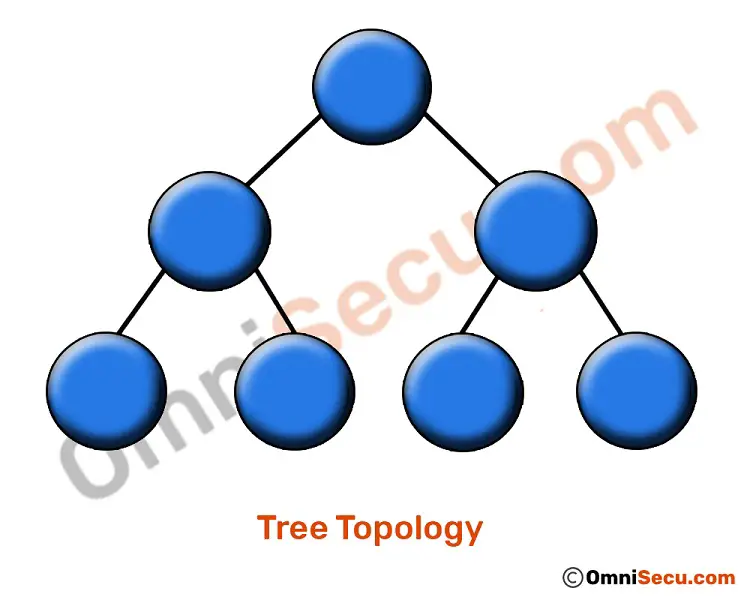
Click the following link to learn more about Tree topology.
Click the following link to view different icons used to represent different devices in network diagrams.